#Parc Natural del Penyal d'Ifac
Photo

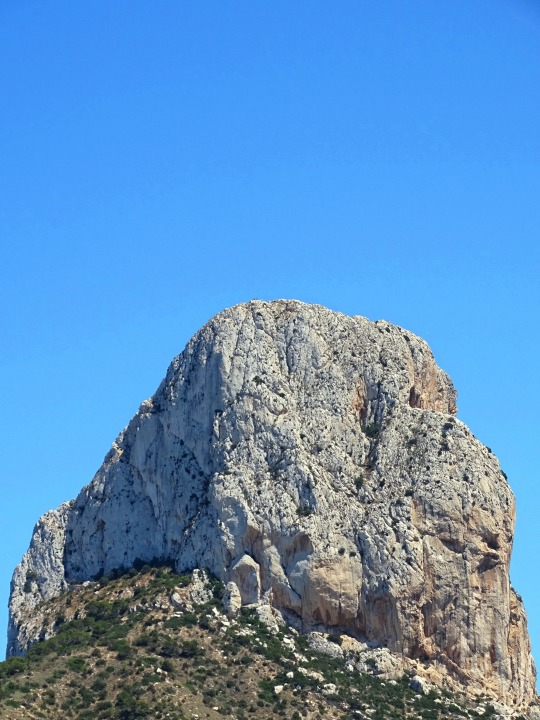
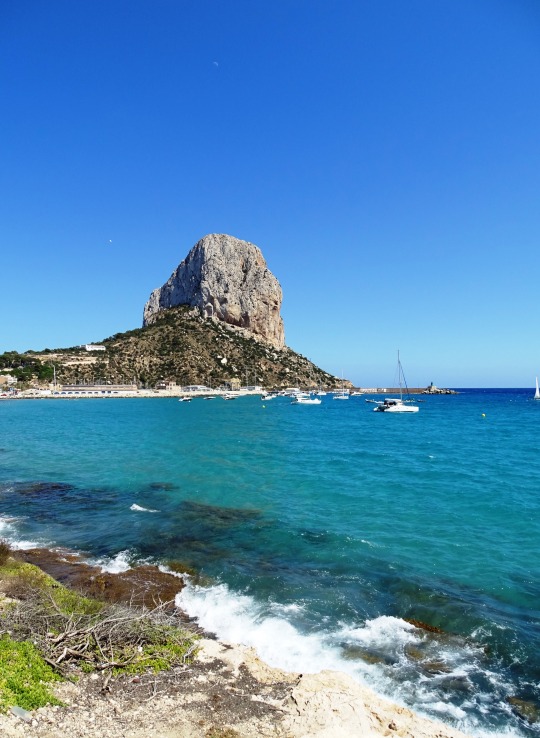

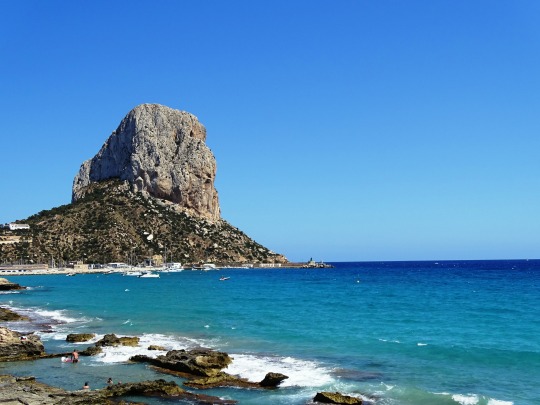
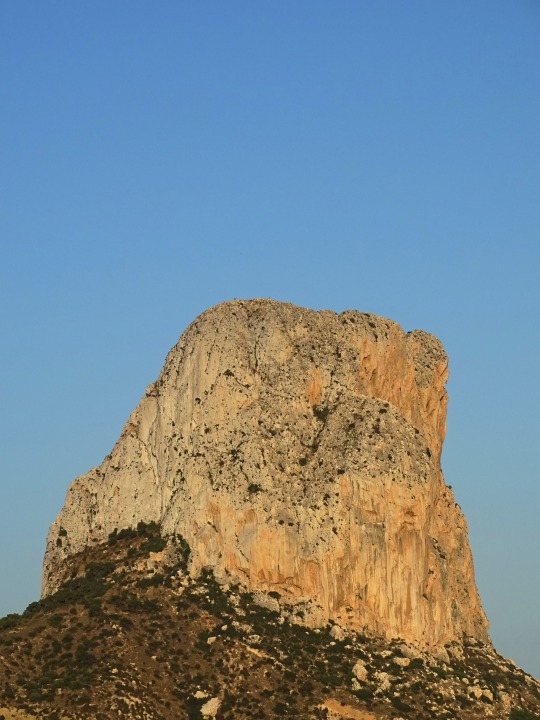
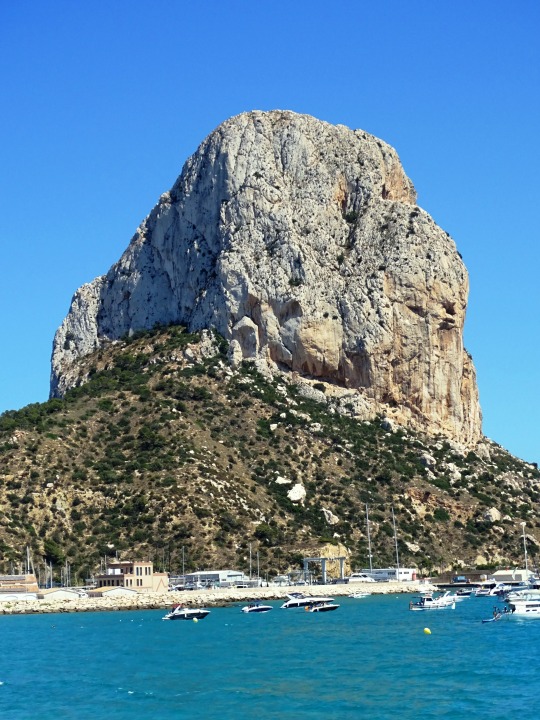
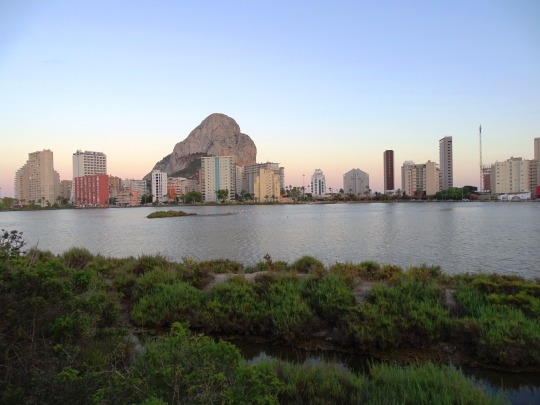
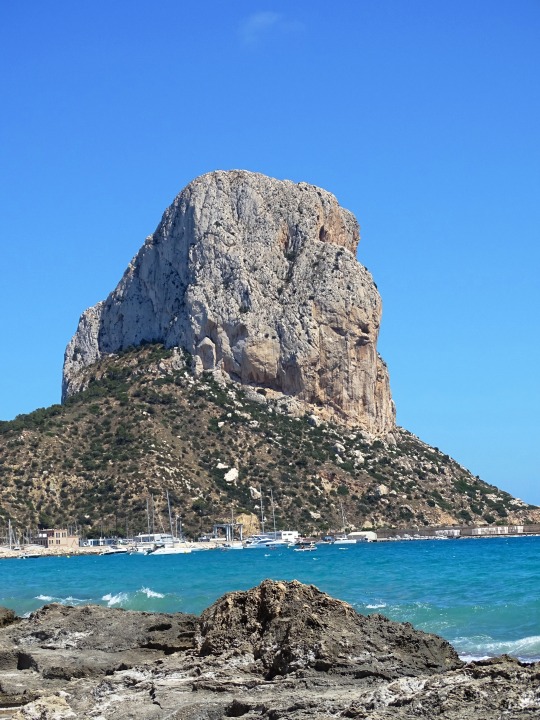

The Peñón de Ifach Natural Park (in Valencian Parc Natural del Penyal d'Ifac) was declared a natural park by the Valencian government on January 19, 1987.
#Penyal d'Ifac#Parc Natural del Penyal d'Ifac#Parque Natural del Peñón de Ifach#declared#19 January 1987#anniversary#Spanish history#coast#travel#Calpe#Calp#Valencian Community#province of Alicante#Marina Alta#Mediterranean Sea#Southern Spain#Southern Europe#Spain#España#summer 2021#original photography#rock formation#cityscape#seascape#landscape#Salinas de Calpe#architecture#limestone#Peñón de Ifach Natural Park
6 notes
·
View notes
Text
Valencia - Parc Natural del Montgó - Cap de la Nau - Parc Natural del Penyal d'Ifac - Finestrat
Vrijdag 25 februari
Vanacht begint het te regenen en ook 's morgens als we wakker worden horen we de regen nog zachtjes tikken op het dak. Deze eerste nacht was ons beiden nog niet goed gezind. Het was warm en dus sliepen we niet veel deze nacht. Misschien is het even wennen 😂.
Miranda gaat eerst douchen waardoor ik mijn campertje weer kan opruimen en het bed weer kan inklappen naar een bank. We besluiten de luifel uit te klappen zodat we buiten kunnen eten. Binnen is het toch net wat aan de krappe kant.
Rond half elf rijden we weg en krijgen we nog vier sinaasappels 🍊🍊🍊🍊 mee van de eigenaar van de camperplaats. Lekker!
We gaan eerst richting Parc Natural del Montgó in het zuidwesten van Spanje. De gehele reis hebben we regen, maar wanneer we aankomen op de plaats van bestemming is het opeens droog 💪🏻. We hebben een leuke wandelroute gevonden richting Cova de L'aigu.



In totaal wandelen we ongeveer een uur tot anderhalf uur. We hebben een mooi uitzicht op de kust en de zee en ook de route zelf is leuk om te wandelen. Halverwege komen we aan bij Cove de L'aigu. Bij deze grot eten we onze lunch op voor we weer verder gaan.

Eenmaal beneden rijden we door naar Cap de la Nau in het uiterste puntje van de zuidwest kust. Het valt een beetje tegen. Het uitzicht is mooi, er staat een mooi vuurtoren, maar je kunt er niet echt rondwandelen, we rijden dan ook naar een half uur weer verder langs de kust.
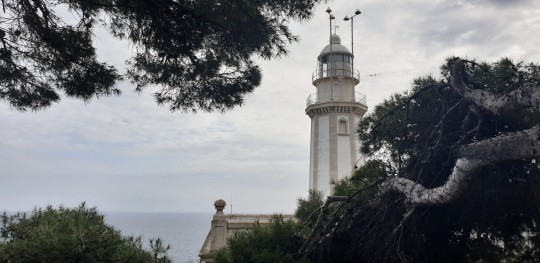

De volgende bestemming brengt ons al slingerend door een mooi berglandschap maar tussen de bergen door doemen de grote flats op van de badplaatsen aan de kust.

We stoppen in het plaatsje Calp en lopen tussen de flats door naar Parc Natural del Penyal d'Ifac. Het is inmiddels eind van de middag, maar toch lopen we nog een stukje door dit Parc Natural. Het is wel een groot contrast, aan de ene kant zien we een gigantische rots waar veel vogels vertoeven, aan de andere kant hoogbouw van deze badplaats. Desondanks is het een leuke en mooie route.


Het is half zeven wanneer we mijn campertje instappen en naar een camperplaats in Finestrat rijden. We zetten de auto neer en gaan op zoek naar een restaurant. Niet veel later zitten we aan het strand op een terras.
Het eten is niet hoogstaand, maar we hebben trek en lusten alles wel. We proosten nog op deze eerste dag van onze roadtrip van Valencia naar Alicante.

Rond half twaalf na een warme douche liggen we weer in de camper. Hopelijk deze nacht met wat meer uurtjes slaap 😉.
3 notes
·
View notes
Text

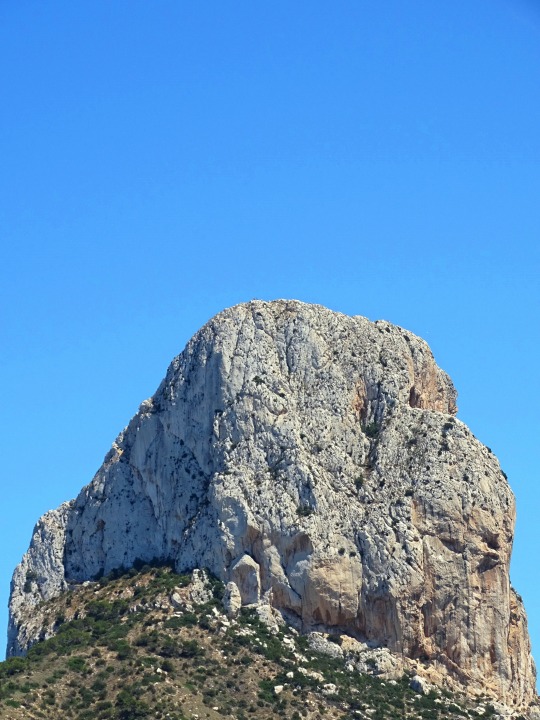


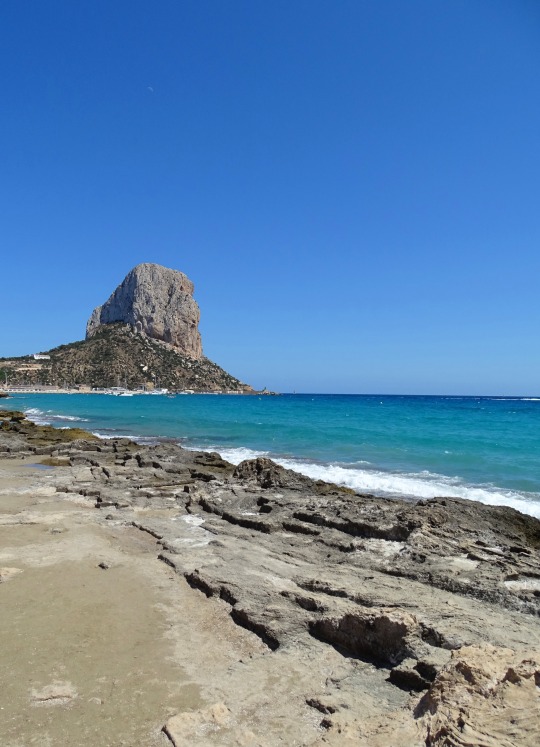



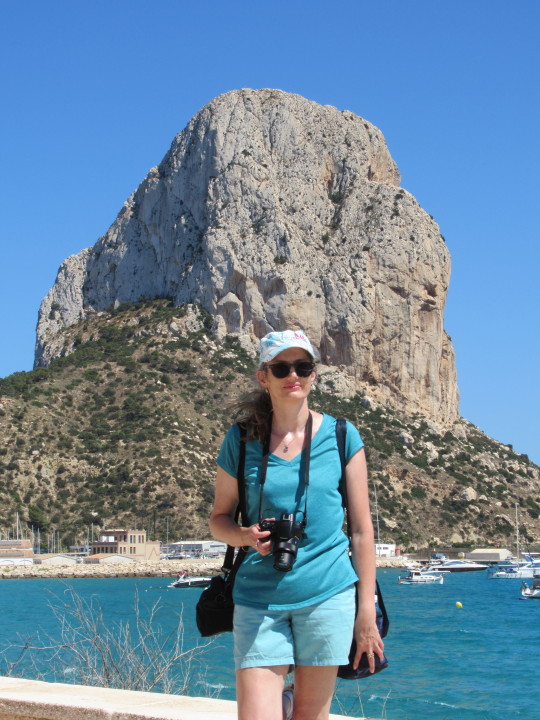
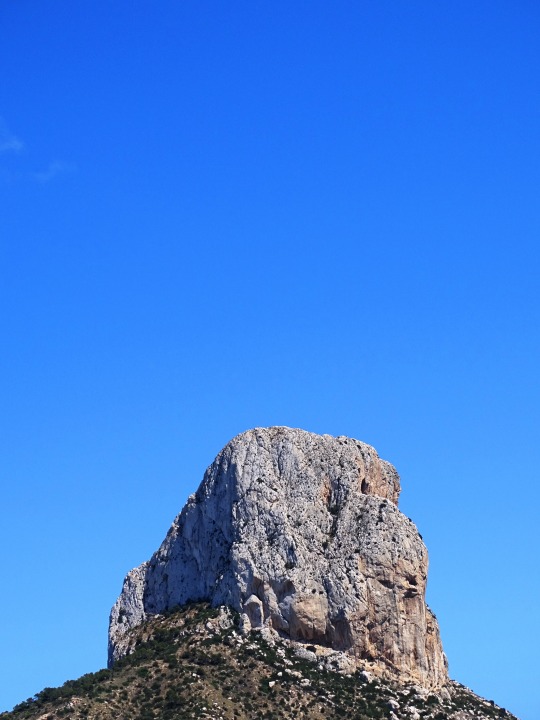







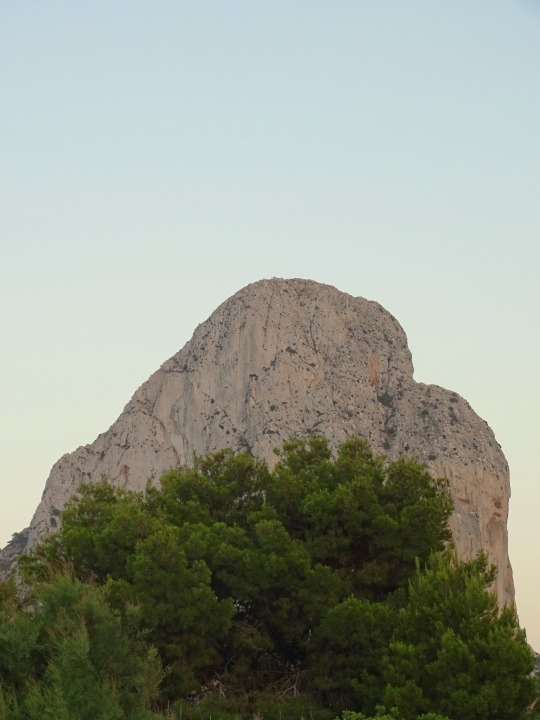
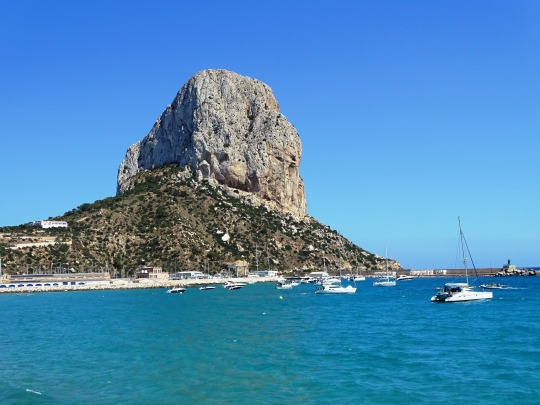






The Peñón de Ifach Natural Park (in Valencian Parc Natural del Penyal d'Ifac) was declared a natural park by the Valencian government on January 19, 1987.
#Peñón de Ifach Natural Park#Parc Natural del Penyal d'Ifac#19 January 1987#anniversary#Spanish history#Calpe#Calp#province of Alicante#España#Valencian Community#Mediterranean Sea#evening light#daylight#travel#vacation#summer 2021#original photography#Salinas de Calpe#cityscape#landscape#seascape#flora#beach#nature#rock formation#tourist attraction#landmark#architecture#flamingo#Las Salinas de Calp
1 note
·
View note
Photo


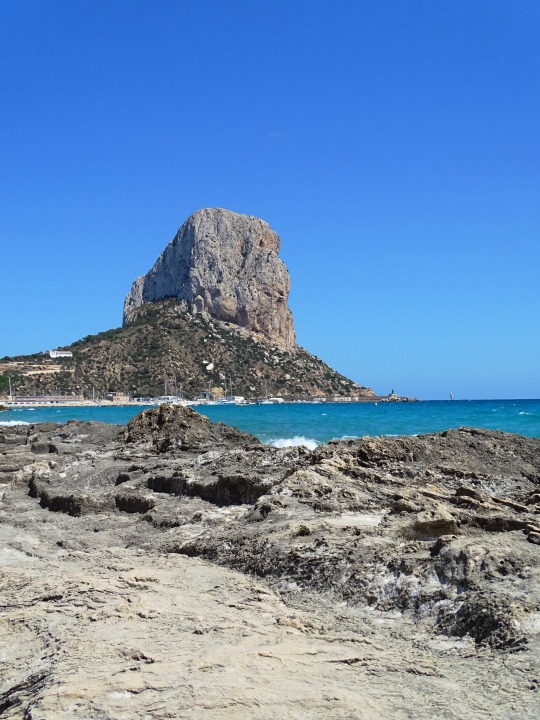
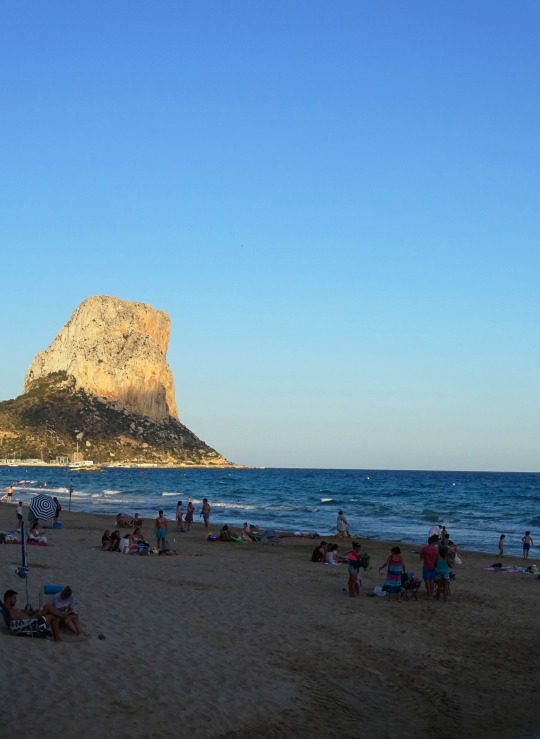
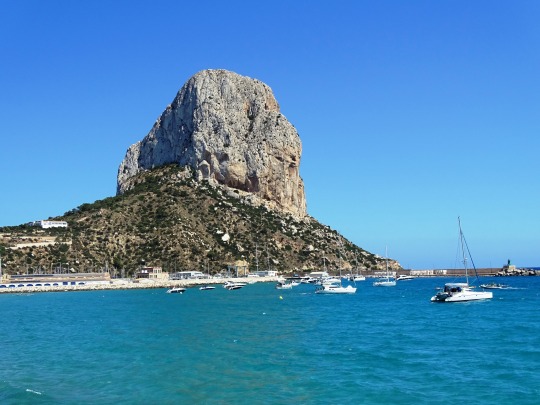





The Peñón de Ifach Natural Park (in Valencian Parc Natural del Penyal d'Ifac) was declared a natural park by the Valencian government on January 19, 1987.
#Peñón de Ifach Natural Park#Parc Natural del Penyal d'Ifac#19 January 1987#anniversary#Spanish history#Calpe#Calp#province of Alicante#España#Valencian Community#Mediterranean Sea#evening light#daylight#travel#vacation#summer 2021#original photography#Salinas de Calpe#cityscape#landscape#seascape#flora#beach#nature#rock formation#tourist attraction#landmark#architecture
9 notes
·
View notes
Photo


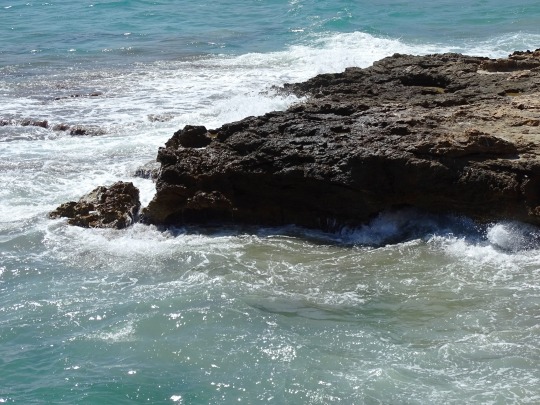


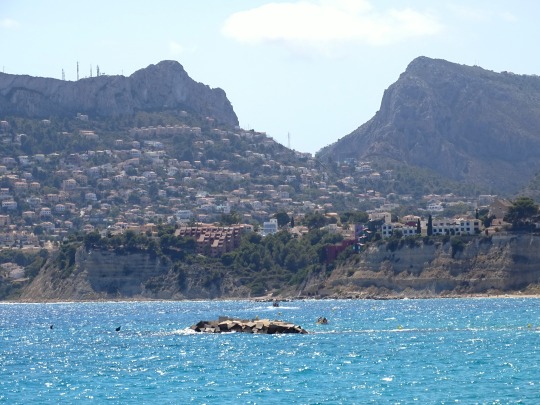
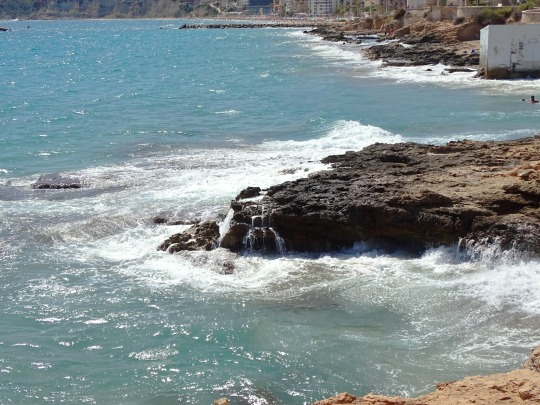



Calpe, Spain (No. 10)
The rock's sheer cliffs and rocky escarpments, exposed to the sea winds on three sides, have created a variety of microhabitats that have fostered a diversity of specialised plant species. At the lowest levels, relatively deep soils with higher moisture content in areas protected from the sea have allowed the development of a typical Mediterranean scrub vegetation community including dwarf palms, juniper, lavender and white pine. Higher up as soils become thinner and more exposed to the sun and wind alpine plant species have colonised cracks and gullies in the rock. The Ifac silene, Silene hifacensis [sv], a highly endangered species first discovered on the rock, has now disappeared from the locality; no more than 20 adult plants are thought to be left in the wild. Phoenix dactylifera palm species are naturalised in the area due for the massive public and private plantations from nearby.
The rock face provides nesting sites for birds of prey including peregrine falcons and Eleonor's falcon, seabirds including gulls and cormorants, and other birds typical of rocky habitats. There are also semi-domesticated cats that live near the peak.
The seabed around Penyal d'Ifac is varied, with rocky, stony and sandy areas sheltering a very diverse marine community.
Source: Wikipedia
#daylight#evening light#Calpe#Calp#Alicante#Costa Blanca#vacation#beach#Valencian Community#Marina Alta#Parc Natural del Penyal d'Ifac#Penyal d'Ifac#Peñón de Ifach#palm tree#original photography#seascape#cityscape#architecture#tourist attraction#Mediterranean Sea#travel#Spain#summer 2021#España#Iberia#flora#nature#waves#Southern Europe#southern Spain
2 notes
·
View notes
Photo
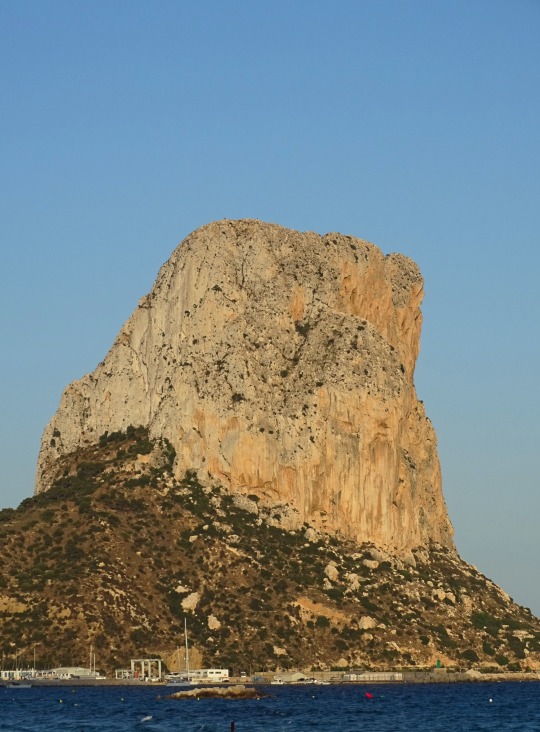
Golden Peak
What do you think about my pic?
#What do you think about my pic?#Calp#Calpe#Alicante#Marina Alta#Valencian Community#Parc Natural del Penyal d'Ifac#Spain#España#travel#Parque natural del Peñón de Ifach#Baetic System#Penyal d'Ifac#Peñón de Ifach#Mediterranean Sea#cityscape#tourist attraction#landmark#evening light#summer 2021#original photography#vacation#nature#geology#photo of the day#Iberia#Southern Europe#Southern Spain
0 notes
Photo
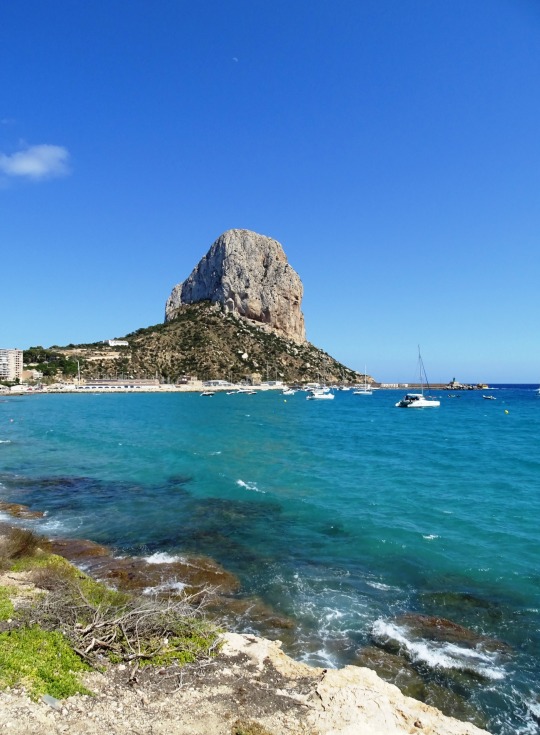





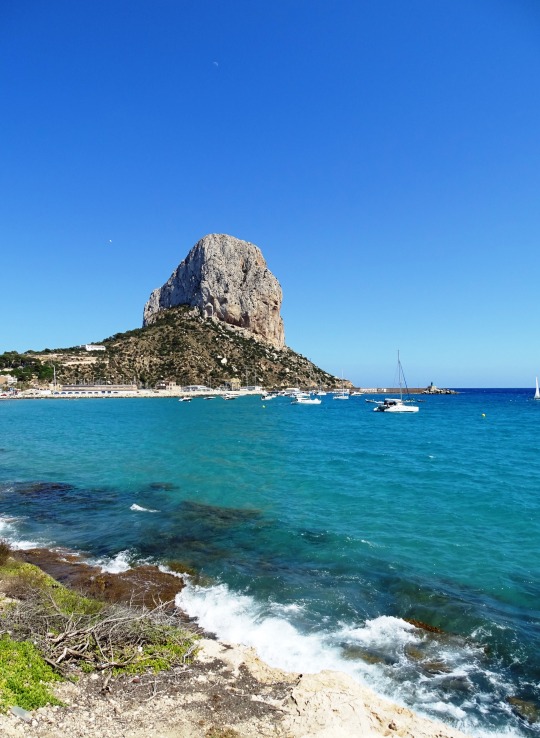


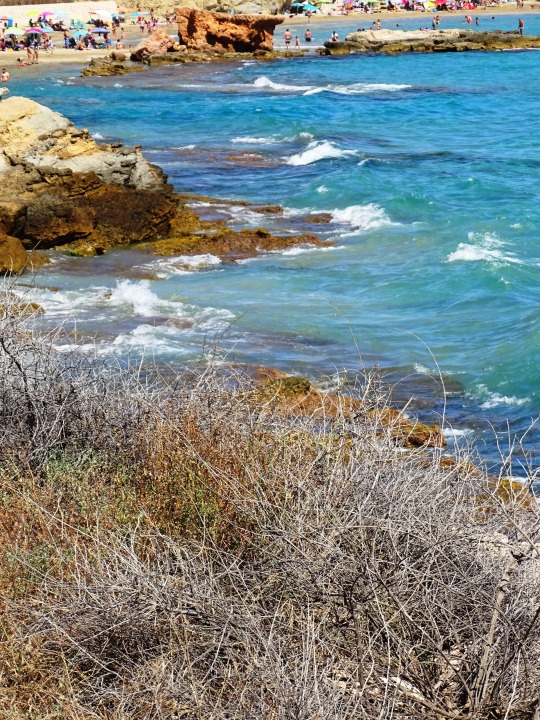
Calpe, Spain (No. 9)
Penyal d'Ifac Natural Park (Valencian: Parc Natural del Penyal d'Ifac, Spanish: Parque Natural del Peñón de Ifach) is a natural park situated in Calp, in the Valencian Community, Spain.
The Penyal d'Ifac is a massive limestone outcrop emerging from the sea and linked to the shore by rock debris. It is home to numerous rare plants, including a number of endemic species, and over 300 species of animals, and a nesting site for colonies of sea birds and other birds.
Rising to 332 metres high, the rock is a striking visual feature of the Mediterranean coastline. Historically it was known to the Phoenicians as the Northern Rock, to distinguish it from its southern counterpart, the Rock of Gibraltar.
Behind Penyal d'Ifac is a large lagoon cut off from the sea by strips of sandy beach and extending inland to the coastal mountains. The wetland area around the lagoon is all that remains of the formerly much more extensive wetlands of the Marina Alta.
A protracted campaign to protect the site's unique natural diversity led to the area being granted natural park status in January 1987. With an area of 45 hectares, it is the smallest natural park in Spain, possibly in Europe. The park ranges from sea level to an altitude of 332 metres at the summit of the rock (penyal in Valencian, peñón in Spanish).
From the top of the rock there are views over the surrounding villages and countryside and on a clear day as far across the sea as Ibiza in the Balearic Islands.
Source: Wikipedia
#Calpe#Calp#Valencian Community#Alicante#Marina Alta#Costa Blanca#coast#beach#Penyal d'Ifac Natural Park#Penyal d'Ifac#Peñón de Ifach#rock formation#nature#cityscape#seascape#summer 2021#vacation#travel#original photography#Baetic System#Northern Rock#landmark#tourist attraction#architecture#ship#Mediterranean Sea#waves#Spain#España#Southern Europe
2 notes
·
View notes
Photo




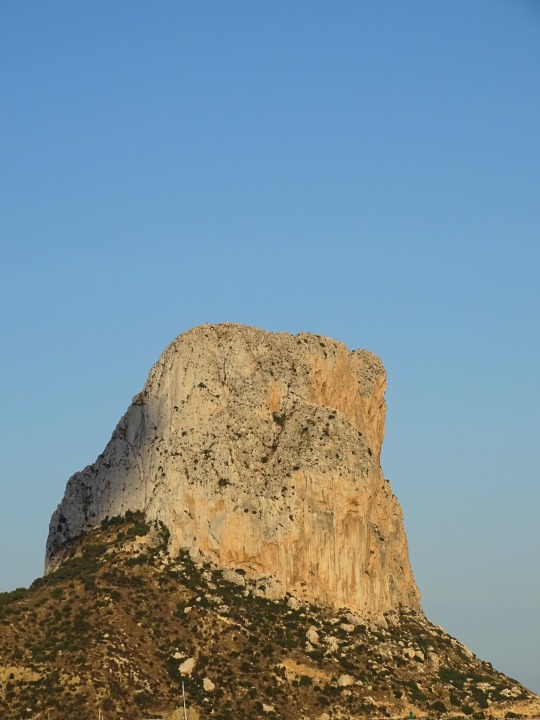


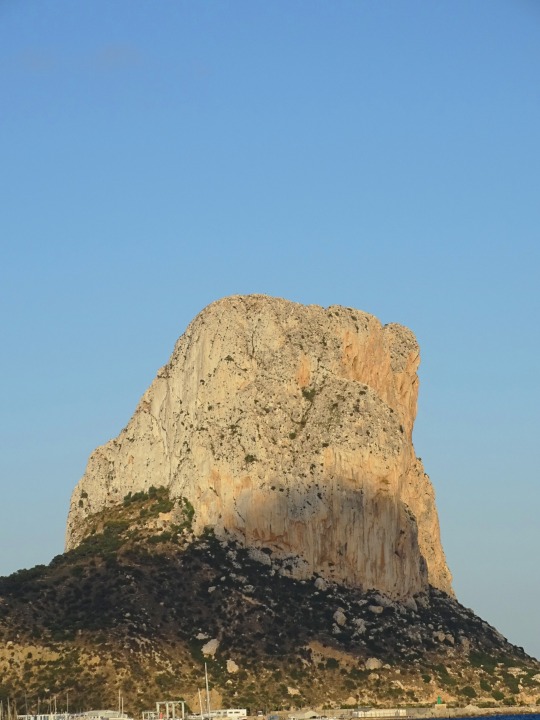


Calpe, Spain (No. 11)
The Peñón de Ifach Natural Park (in Valencian Parc Natural del Penyal d'Ifac ) is a Spanish protected natural area located in the municipality of Calpe , which is part of the province of Alicante , in the Valencian Community.
This place was declared a natural park by the Valencian government on January 19, 1987, with an area of 45 hectares. Subsequently, on April 2, 2015, the protection limit was extended to 53.3 hectares. It is located in the Marina Alta region, north of the province of Alicante, located in the municipality of Calpe .
The park is located on an isolated rock on the north coast of the province of Alicante, the rock constituting one of the last foothills of the Betic mountain ranges and reaching an altitude of 332 meters. This enormous calcareous mass descends steeply towards the sea and is connected to the continent by a detrital isthmus. Due to its physical characteristics, it is a third order geodesic vertex , which was used at the time for the triangulation of Spain. There is a hiking route that leads to the top of the Peñón de Ifach. From there there are very good views of the Mediterranean and on clear days it is possible to see the island of Formentera, Ibiza and the Cape of Santa Pola.
Source: Wikipedia
#Calpe#Calp#Valencian Community#Alicante#Marina Alta#summer 2021#evening light#beach#Mediterranean Sea#cityscape#seascape#landmark#Penyal d'Ifac#Peñón de Ifach#las salinas#Salinas de Calpe#architecture#nature#flora#evening#original photography#Southern Europe#España#southern Spain#geological formation#rock formation#geology#sky#golden light
0 notes